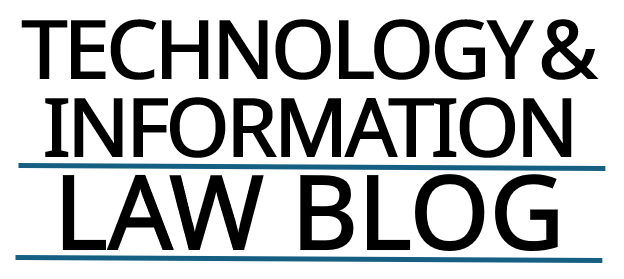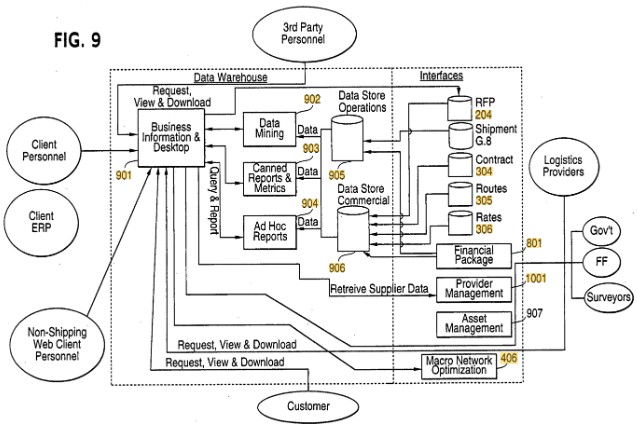In its opinion, the Federal Circuit vacated and remanded a Patent Trial and Appeal Board (PTAB) decision in In re Riggs, No. 22-1945, clarifying the framework for determining whether a published U.S. patent application can rely on the filing date of a provisional application to qualify as prior art under pre-AIA 35 U.S.C. § 102(e).
This decision not only refines the application of Dynamic Drinkware and Amgen, but also serves as a warning: it’s not enough for one claim of a reference to be supported by a provisional application. The actual disclosure relied on for anticipation or obviousness must also be supported.
Background
The applicants in Riggs sought coverage for a modular logistics system integrating databases, purchasing, scheduling, tracking, and financial modules across multiple carriers and shippers. The examiner rejected several claims as anticipated or obvious over a 2002 published application by Lettich (which claimed priority to a 2000 provisional).
The Board initially sided with the applicants but, following a request for rehearing by the examiner and a long procedural history (including district court and prior Federal Circuit proceedings), reversed course—holding Lettich was valid prior art. The key question became: could Lettich’s publication date be backdated to its provisional filing?
Issue Preclusion: Board’s Authority to Hear Examiner’s Rehearing Request
Appellants first challenged whether the PTAB acted “ultra vires” in reconsidering its original decision at the examiner’s request. The Federal Circuit rejected this challenge based on issue preclusion. In an earlier appeal (Odyssey Logistics, 959 F.3d 1104), the same party had litigated the Board’s jurisdiction. Because the issues were fully litigated and decided, the Court held the appellants were estopped from relitigating them.
Backdating: What It Takes to Backdate a Reference to Its Provisional
The crux of the appeal centered on whether Lettich’s published application could claim the benefit of its 2000 provisional and thus qualify as § 102(e) prior art.
The Board had applied a bright-line rule: if at least one claim in the non-provisional is supported by the provisional, then the entire disclosure of the published application gets the benefit of the provisional filing date.
The Federal Circuit rejected that.
“To claim priority to the provisional filing date, the portion of the application relied on by the examiner as prior art must be supported by the provisional application.”
In other words, it’s not enough that one claim is supported—the actual paragraphs or features cited in the prior art rejection must themselves be traceable to the provisional. The Court emphasized that written description support under § 112 must exist both for (1) at least one claim, and (2) the specific disclosures relied on in the rejection.
Practical Implications
For patent practitioners and in-house teams:
- When asserting prior art based on a published U.S. application, verify that the actual subject matter relied on in your rejection has § 112 support in the provisional—not just the claims.
- Ensure provisional applications contain robust disclosures that can support downstream claim language and specification content.
- In litigation and IPRs, this decision may offer new ammunition to challenge a reference’s entitlement to its provisional date.
For business leaders:
- This ruling reinforces the importance of drafting high-quality provisional applications from the outset. Skimping on detail can weaken your company’s applications or defenses.
- Companies assessing FTO or IP validity should look carefully at the actual disclosure timeline—not just the priority claim.
Looking Ahead
In re Riggs sends a clear message that precision in provisional drafting matters more than ever, and that reliance on PTAB rehearings—once thought settled—can reemerge years later under the right procedural framework.
This area of law remains dynamic, particularly for companies working in logistics, SaaS, and modular system design, where provisional filings are common and often relied upon for competitive edge.
By Charles Gideon Korrell

